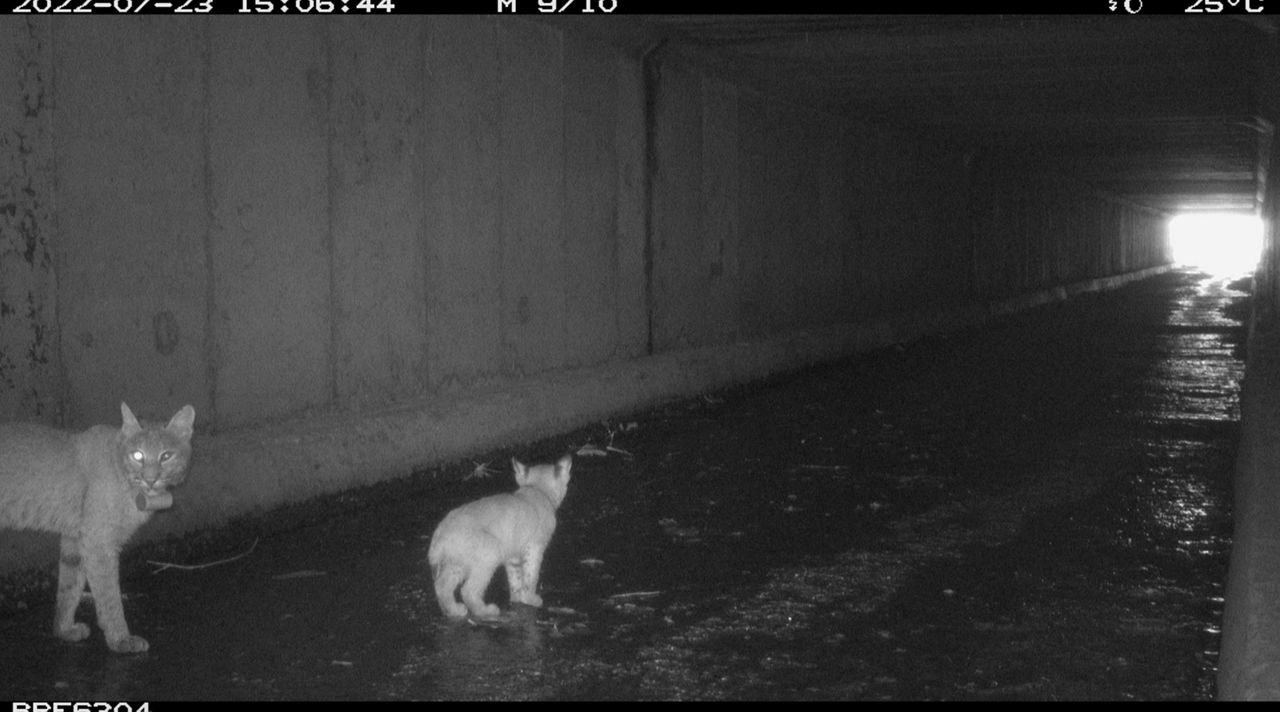There’s nothing like a fresh breeze on a spring day. But what are we breathing in?
Wednesday morning, the American Lung Association released its annual State of the Air report. The Elmira-Corning and Syracuse-Auburn areas came in at 13 and 18, respectively, for the top 25 cleanest cities for year-round particle pollution. The bad news is that overall, air quality has dropped across the state.
“Ozone, some people think of it as smog," said Mike Seilback, national assistant vice president of state public policy for the American Lung Association. "It's this invisible gas that's formed up in the atmosphere. And when it's breathed into the lungs, some doctors have called it like getting a sunburn on your lung tissue."
Then there’s particle pollution.
“And when you think about particle pollution, it's actually like taking a piece of sandpaper and rubbing it on your lung tissue,” Seilback said.
Seilback puts it bluntly: The Lung Association’s 26th annual State of the Air report isn’t great.
“What we saw is both for ozone and particle pollution grades were actually worsened," he said.
The report grades exposure to unhealthy levels of ground-level ozone air pollution, aka smog, and year-round and short-term spikes in particle pollution over three years.
“Erie County, we got a B grade for our ozone pollution and a C grade for particle pollution,” Seilback said.
The Buffalo-Cheektowaga-Olean metro area was named the third-most polluted area in the Northeast region for year-round particle pollution.
“Monroe County received a D grade in this year's report for particle pollution and a B grade for ozone pollution,” Seilback said.
Rochester was removed from the “cleanest” lists for both ozone and particle pollution. Albany County’s grades for ozone declined from an A to a B. It got a D for daily particles — its worst value ever.
It's better news for the Syracuse-Auburn area.
“The air quality in that region was actually pretty good,” Seilback said.
The cleanest counties for short-term particle pollution were Essex and Suffolk. Hamilton is on the list of cleanest counties for ozone air pollution. The cause? Less of daily pollution or industry, but wildfires.
“We're expecting to see more wildfires," Seilback said. "And so that's why fighting climate change remains such an important aspect that we need to make sure our policymakers are doing more, not less.”
Your health is why.
“The impact of air pollutants is it's similar to cigarettes,” said Dr. Robert Zielinski, MD, associate medical director for Buffalo Medical Group.
Zielinski is also a regional board member of the American Lung Association. He says breathing in polluted air increases lung cancer rates and asthma in kids.
“It makes asthma and COPD worse among people who already have it,” Zielinski said.
It can lead to heart attacks and impact unborn children. He calls this year’s report concerning. He echoes that moves to defund the EPA, which monitors air pollution, is a cause for concern in the health community.
“The changes we make today, you're going to have longer-term implications,” Zielinski said.
Zielinski added most masks you could wear won’t help.
“This is tiny, tiny particulate stuff," he said. “You would need the full-on wartime gas masks.”
“We all have lungs," he added, "and this level of air pollution could literally get people sick."
Taking a bigger look nationally, the report found that 156 million people or 46% of the population live in areas that have unhealthy levels of air pollution. The EPA has monitors throughout the U.S. They measure over eight hours for this report. These networks of monitors are always checking pollution, though. Seilback says it’s a federal law.








